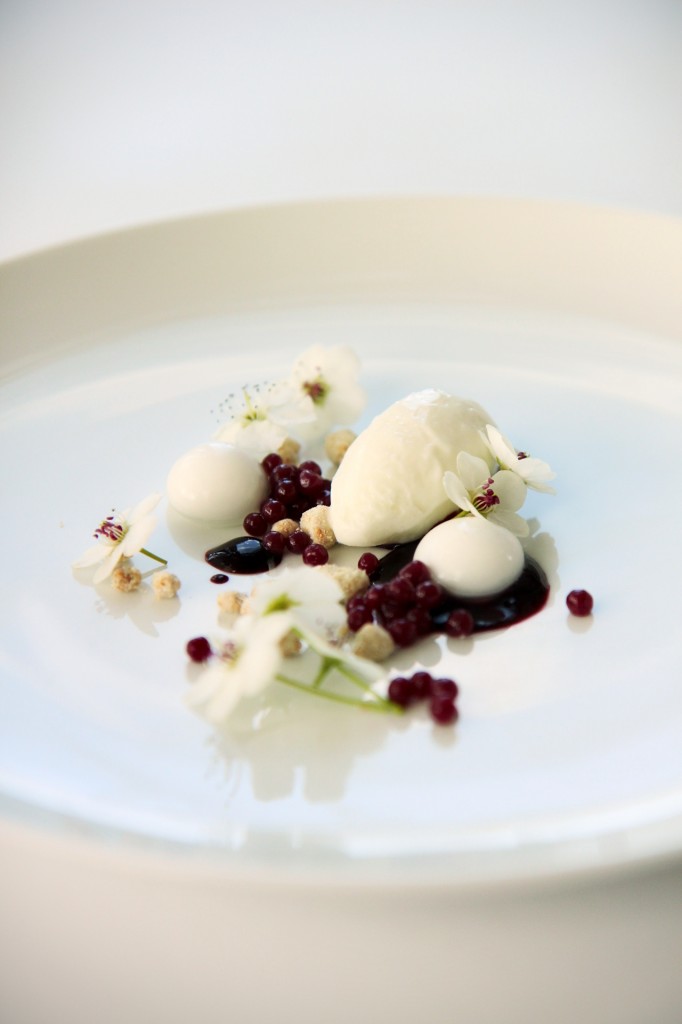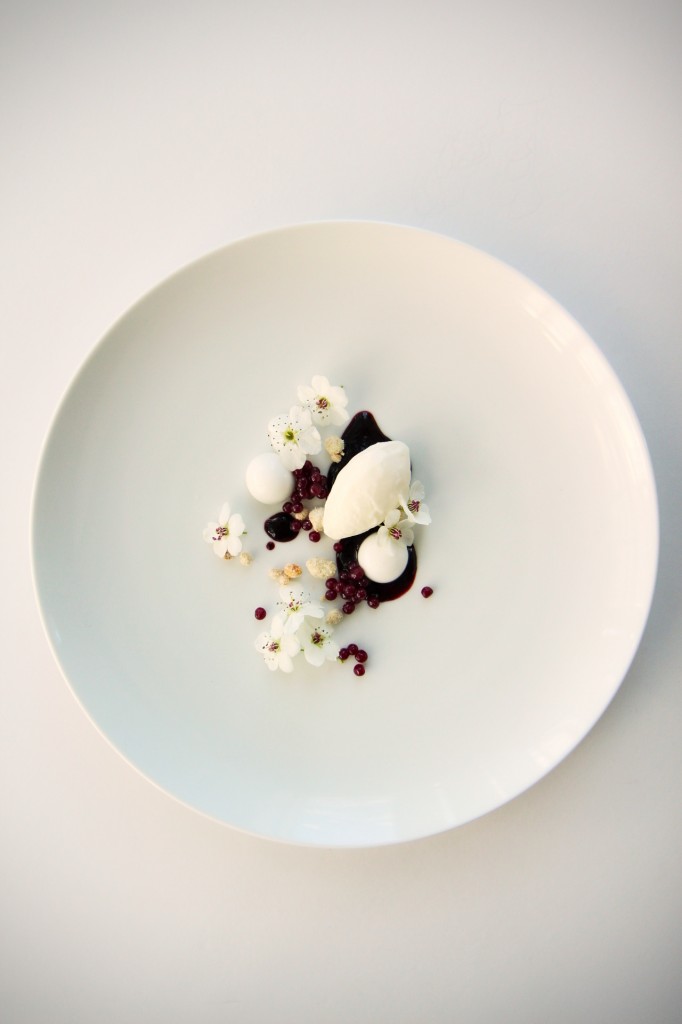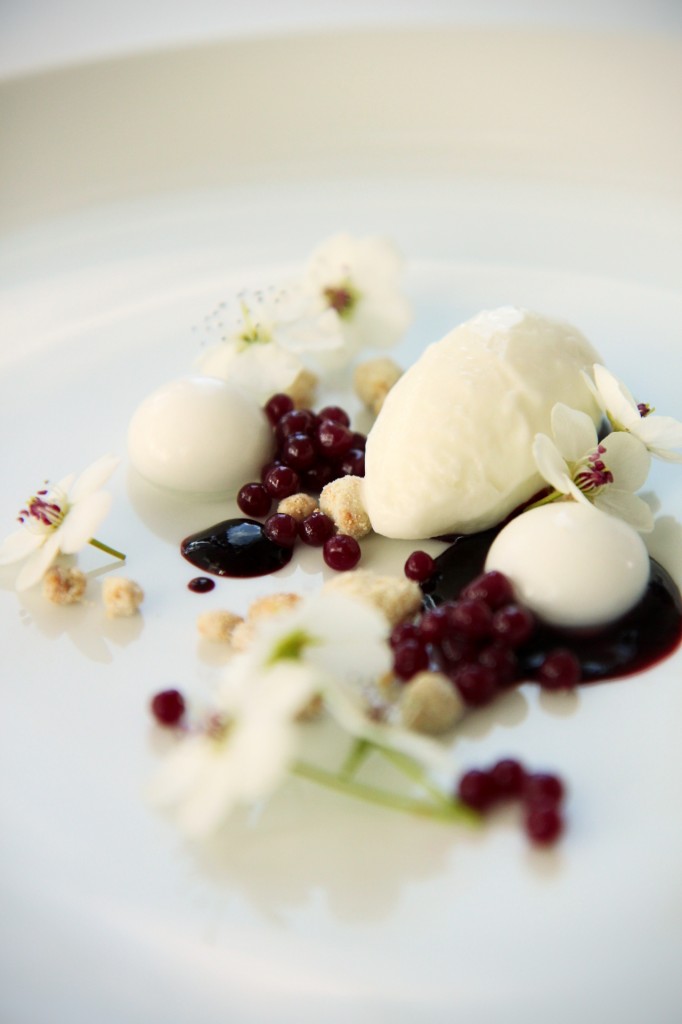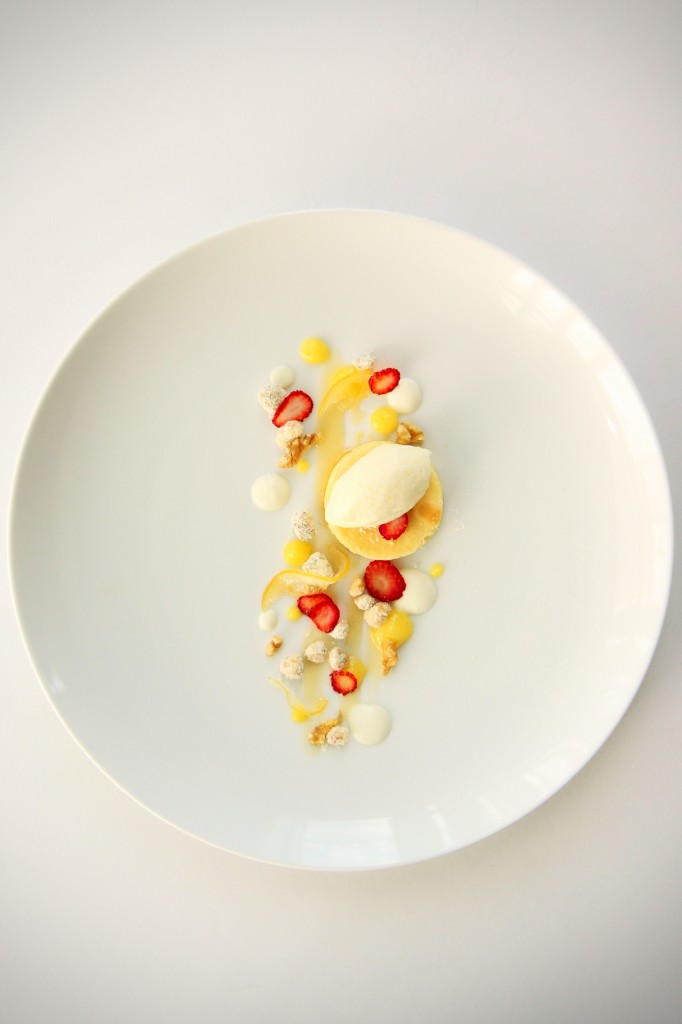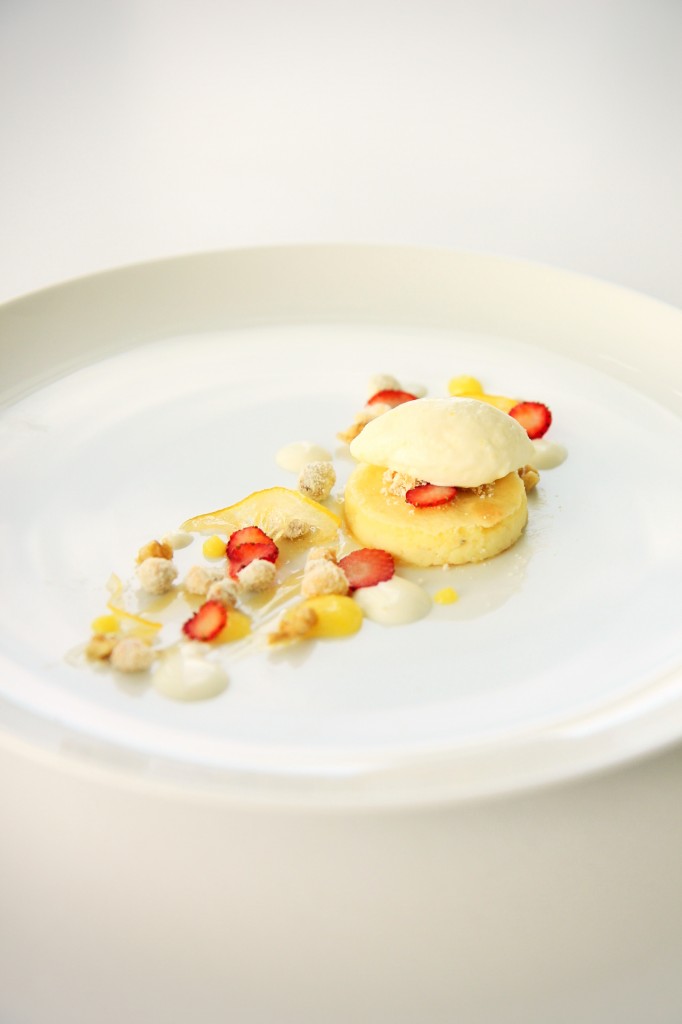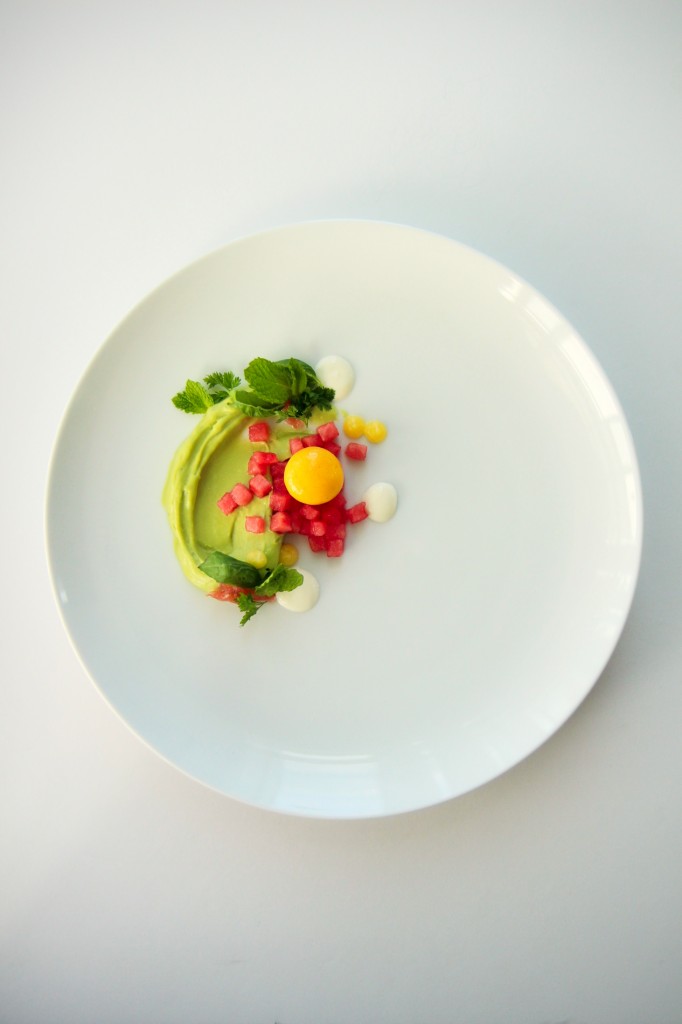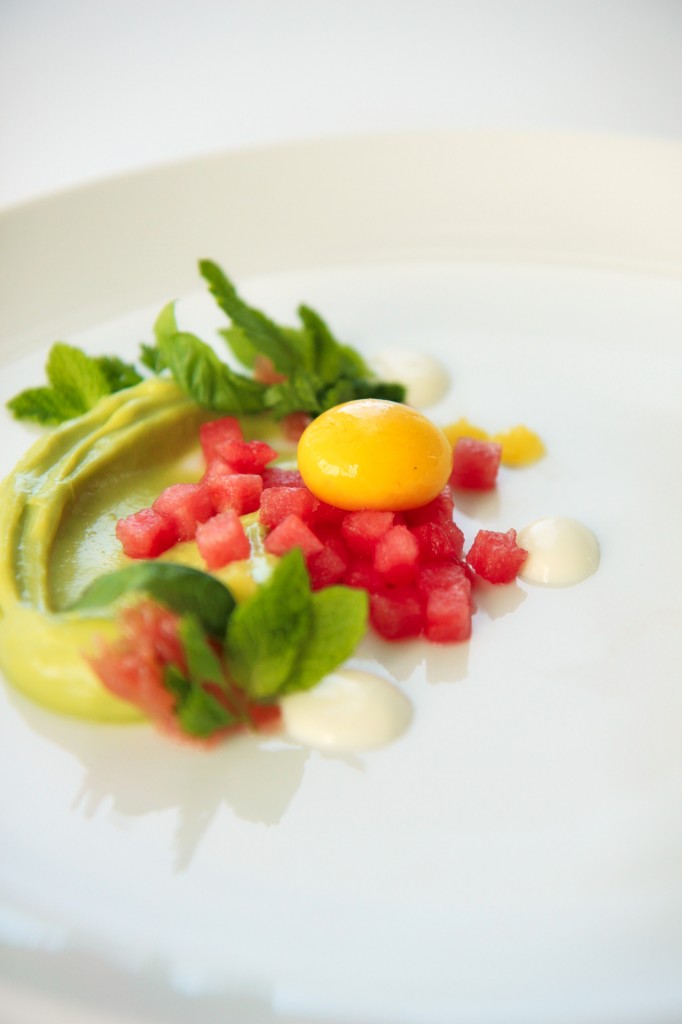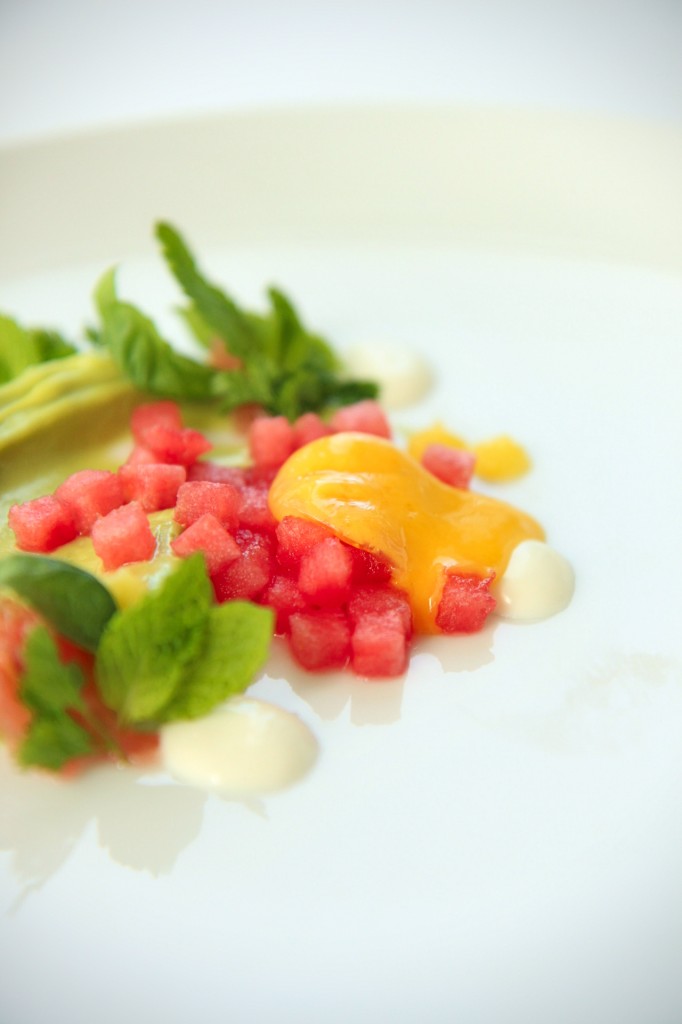“What’s in a name? That which we call a rose
by any name would smell as sweet…”
Romeo and Juliet, Act II Scene II
Yesterday, I ran a marathon.
Which is my excuse for not having a WISE blog post in more than a week.
It’s also my excuse for being late to all my classes today.
Stairs are just a wee bit difficult today.
(I break long runs into chunks… I like to pretend that it makes it less mentally exhausting.
It doesn’t. But hey.)
Miles 1-8 are terrifying. In the beginning, I’m stiff and aching and tired, which makes me very nervous for what’s ahead, seeing as I’m huffing and puffing and I’ve only run 2 miles.
Luckily, by mile 6, I’m locked and loaded on cruise control.
At which point, I look at my Garmin and realize,
I have 20 miles to go. Jésus Marià.
Miles 8-13 are spent surreptitiously looking at my fellow runners’ shoes, to see which of them have the bright orange D tags which were only given to marathon runners to record times. I have the sinking realization that there aren’t many runners around me with tags.
Miles 13-20 are my fastest. I spend time listening to “I Don’t Care” by Iconapop. As in, on repeat for about 50 minutes. No shame.
I pick out runners to pass and do so by powering through all of the water stations- I keep the word “slingshot” in my head and will myself not to stop or slow down, and in doing so, spill about 4 brimming cupfuls of bright orange Gatorade down my white shirt. Good looks.
Miles 20-25 are grueling. The stations ran out of power gels around mile 18, and my own supply has also been completely diminished. My glycogen is running on red and I am not a happy camper.
I keep thinking why the hell Pheidippides didn’t take a damn horse.
Seriously, what in god’s name was wrong with him?
25-26.2 are like running another 12 miles. Where was the finish line again?
Why do I still see people running?
Are we done yet?
My intended mile split was a 10:25. I ended up finishing 23 seconds ahead of that, with a 10:02 average mile split. I’m not the fastest, that’s fo’ sho. Honestly I’m just glad to have crossed the finish line!!!
(Turns out, I finished first in my division, female 15-19 year olds. That was a surprise!)
Back to our regularly scheduled program: WISE jabber.
In class today, I had a revelation: in truth, I’ve been doing plenty of “research,” which is basically just utilizing different sources.
What I haven’t been doing is keeping a proper log of said resources- different blogs and cookbooks etc.- which means that I have some serious back work to do. Ahem.
Also, I received my time slot for my presentation!
June 10th from 3-4 PM. More details later.
I chose the name of this post, and the intro, because a) it’s one of Shakespeare’s most classic, and one of my favorite, scenes and b) because the dessert I’m showing to you is a misnomer and should have a different name.
Right? Right.
This dessert is based on a deconstruction of the famous German chocolate cake.
Which, in truth, is not the slightest bit German.
It’s based off of a recipe that appeared in 1957 in a newspaper’s recipe of the day column, which used a type of chocolate that had been developed more than a century earlier, in 1852, by Sam German, a worker in the Baker’s chocolate factory; it was a sweeter dark baking chocolate, which was marketed as Baker’s German Sweet Chocolate.
Thus was the German chocolate cake born, a coconut and pecan and chocolate melange that is not the most attractive, but one of the more delicious.
German cake≠German. Confusing, I know.
(This information is from The Baker Chocolate Company: A Sweet History by Anthony M. Sammarco, googlebook accessed via Wikipedia.)
This dessert has the added benefit of being completely vegan.
I’m thinking of using a version of this for my presentation, because it would be incredibly easy to make gluten-free, thus making it almost entirely allergy-free (it does have coconut and pecan… those are kind of unavoidable) and a good dessert to share with many people who may have various allergies.
I plated it two ways because I couldn’t get a quenelle to smooth out the first go-round and I ended up disliking the chocolate flecks on the first few plates.
Yeah, those darned footballs are coming back to bite me in the butt. It took me a good 5 minutes to get the quenelle you see perfectly smooth. My family keeps recycling the containers I use for my ice cream, so that’s not helping…)
*Note to my father: Can you please, please, please stop recycling the date containers that I diligently wash out and save? You’re making my quenelles ten times more difficult than they need to be. Thank you. Loveyameanit.*
German
chocolate cake
salted caramel
bittersweet ganache
candied pecans
coconut ice cream
Mile 12.5. Eating a gu and feeling güd.
Mile 20. The longest uphill slog of the course; it was gradual, but felt never ending.
Mile 25; back on the streets.
Don’t let the smile fool you; I could barely remain standing long enough to rip off my water belt and iPod in order to take this photo.
“German”
for the cake:
ingredients:
1/2 cup flour
1/3 cup sugar
4 teaspoons extra dark cocoa powder
rounded 1/4 teaspoon baking soda
1/8 teaspoon salt
2 tablespoons coconut oil, measured then melted
1 teaspoon apple cider vinegar
1/3 cup water
directions:
Preheat oven to 350 degrees F.
Spray a six inch cake pan with baking spray.
Stir the flour, sugar, cocoa, baking soda, and salt together.
Add the coconut oil and vinegar, then the water, and stir it all together, gently.
Once it is just barely homogeneous, pour into the pan.
Bake for 20-25 minutes until the cake is springy to the touch and a tester comes out clean.
for the ganache:
ingredients:
2 ounces unsweetened chocolate, chopped finely
2 ounces sugar
2 ounces coconut milk, light or full-fat
1 tablespoon coconut oil
pinch kosher salt
directions:
Place the chocolate, oil, and salt in a bowl.
Heat the milk and sugar up together until boiling, then pour over the chocolate.
Allow to sit for 3 minutes, then stir together.
Blend with an immersion blender to emulsify.
for the caramel:
ingredients:
1/4 cup sugar
6 tablespoons coconut milk, light or full-fat
1 tablespoon coconut oil
liberal pinch kosher salt
directions:
Heat the sugar up in a heavy saucepan with tall sides until deep amber, about 7 minutes.
Once the sugar reaches the proper color, remove from heat and add the milk and oil.
Mixture will bubble and sizzle violently.
Whisk until smooth, then add in the salt.
If caramel gets a skin before use, just gently heat and stir to return it to proper consistency.
for the candied pecans:
ingredients:
1 tablespoon coconut oil
1/2 tablespoon balsamic vinegar
1/4 cup loosely packed brown sugar
pinch kosher salt
1/4 cup (you could go up to almost 1/2 cup with this amount of glaze; you’ll have extra if you use 1/4 cup) pecan halves
directions:
Toast the pecans lightly in a skillet, about 2 minutes.
In another saucepan, heat the oil, vinegar, sugar, and salt until bubbling.
Remove from heat and stir in pecans.
Pour mixture onto a sheet pan lined with silpat.
Allow to cool until glaze sets.
for the ice cream:
ingredients:
1 can (14 ounces) light coconut milk
1 tablespoon coconut oil
pinch salt
1/4 cup sugar
1 teaspoon cornstarch
directions:
Bring everything to a boil, whisking constantly.
Transfer to a blender canister and allow to sit for 4 minutes to cool.
Blend, being careful to vent the blender and cover with a towel to protect yourself from hot splashes, until frothy and homogeneous.
Allow to cool to room temperature, then freeze in your ice cream machine.
Store in freezer until use.
to assemble:
toasted coconut
directions:
Plate the caramel sauce and the ganache first; either smear them both across the plate or use a fork’s tines to splatter the chocolate onto the plate.
Arrange cake crumbles on one end of the smears; follow with candied pecans.
Carefully place coconut where desired.
Finish with a scoop or quenelle of coconut ice cream.
